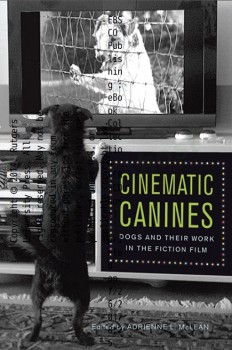Magic and Magicians in the Middle Ages and the Early Modern Time: The Occult in Pre-Modern Sciences, Medicine, Literature, Religion, and Astrology
There are no clear demarcation lines between magic, astrology, necromancy, medicine, and even sciences in the pre-modern world. Under the umbrella term’magic,’the contributors to this volume examine a wide range of texts, both literary and religious, both medical and philosophical, in which the topic is discussed from many different perspectives. The fundamental concerns address issue such as how people perceived magic, whether they accepted it and utilized it for their own purposes, and what impact magic might have had on the mental structures of that time.



